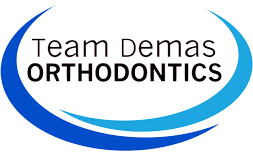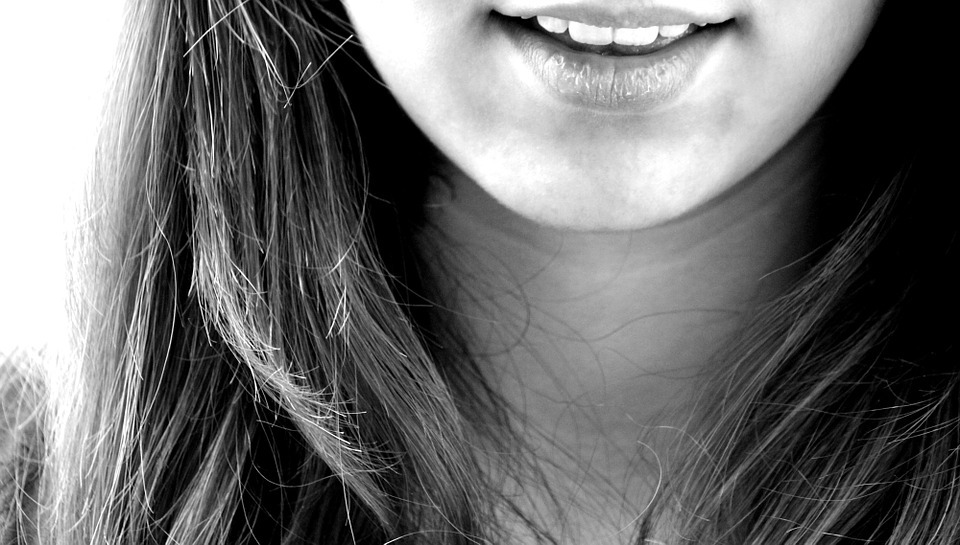Causes of Malocclusion
In addition to heredity, states Healthline, a number of other potential triggers exist that could develop into issues of misalignment or malocclusion between the bottom and top teeth.
These issues include (but are not limited to) the following
- Thumb sucking, bottle feeding or pacifier use after the age of three years old.
- Early life cleft palate issues.
- Oral trauma or injuries.
- Inadequate oral hygiene and care.
- Mouth breathing due to respiratory obstruction.
- Impacted, extra or missing teeth.
- Unusually small or large jaw.
- Poorly formed or ill-fitting crowns, bridges, fillings or other tooth repairs.
What is most important to remember here is that only some of the issues that can cause not aligned teeth and jaw misalignment can be prevented. Most cannot be prevented and are due to very early life experiences and/or genetics or both.
Why Treat Malocclusions Using Braces?
Interestingly, the online magazine Mental Floss reports that the first recorded uses of braces to treat issues of tooth malocclusion date back all the way to the time of the Egyptian mummies!
In fact, back then, “braces” consisted of metal bands that were most likely secured together with catgut. For very rich or royal patients, the metal used was often gold. The poorest of the poor might have suffered from wood bands instead of metal.
Thankfully, today’s orthodontic braces align jaws and teeth in much more sophisticated ways and use much more sanitary technology! As well, modern orthodontic braces are much more economical, safe and comfortable in their choice of metals and materials.
Besides Straight Teeth, What are the Benefits of Braces?
Symptoms of Misaligned Top and Bottom Teeth
Not surprisingly, while cosmetic reasons are high on the list of reasons to treat jaw and tooth misalignment, personal oral discomfort ranks even higher. If you have ever experienced jaw soreness, tooth sensitivity to hot or cold or an uncomfortable chomp down on your own inner cheek tissue, you already know just how painful tooth misalignment can be.
The most common symptoms of misalignment include (but are not limited to) these:
- Jaw soreness or weakness.
- Clicking or locking in the jaw area.
- Sensitivity in the teeth and gums to hot or cold.
- Abrasions and/or bites to your own tongue, inner mouth or lip tissues.
- Teeth that are spaced too far apart or crowded too close together.
- Impacted teeth.
- Overbite or underbite, cross bite or open bite.
- Inability to breathe comfortably through the nose instead of the mouth.
- Lisping or other speech impairment.
How Do Braces Help Correct Malocclusion of Teeth?
Today’s modern braces come in a variety of shapes, sizes, and options. There are braces that feature clear or ceramic hardware which is nearly invisible. Some types of braces can be affixed to the back of the teeth so they are not seen at all!
Traditional metal braces are also still available, but these new metal braces hardly resemble the ponderous metal hardware of decades past. Today’s metal braces are streamlined, lightweight and easy to care for at home between visits.
The goal of braces is to slowly and steadily correct tooth, bite and jaw misalignment through calculated movement overseen by your orthodontist. Slowly but surely from one month to the next, your orthodontist will make minute adjustments to your hardware to facilitate movement in the most optimal and healthy direction until your goals are met in full.
Here, no two patients’ orthodontic treatment plans will ever look exactly alike. Your mouth is uniquely your own and your care plan must be precisely tailored to your oral health needs, which is why it is so important to select your orthodontic specialist with great care and attention to their education and experience.
Who Treats Tooth and Jaw Misalignment?
The first step to seeking treatment for malocclusion or misalignment is to make an appointment with an oral health specialist called an orthodontist.
According to the American Association of Orthodontists, an orthodontist has all of the expertise to work professionally as a dentist, but only six percent of dentists have the additional education, training, and specialized skills to offer orthodontic care!
An orthodontist has the advanced skills to straighten teeth, align jaws, diagnose and treat complex oral health issues and treat patients with the very latest cutting edge oral technologies.
The consultation is the first appointment you will have with your orthodontic specialist. During this appointment, you will be able to ask questions, talk about your oral health and smile goals, share your oral health history (including genetic and hereditary influences) and discuss the best treatment options.
During your consultation, your orthodontist will give you an oral exam, take a set of special photos called X-rays, take photos of your face with mouth open and closed and make notes about your goals and needs. A plaster model of your teeth may also be made as a point of reference before beginning treatment.
Who Can Be Treated With Braces?
In the past, there was the incorrect assumption that only children and teens could receive orthodontic care using braces to correct tooth and jaw misalignment.
Today, this misperception has been corrected. Increasingly, adults are also seeking orthodontic care to correct both minor and major malocclusion and oral health issues.
Because of the wide range of braces technology available today, it is a relatively simple process to find the right type of braces to suit the needs of each individual patient.
Give Us a Call
The orthodontic specialist you choose is the most critically important part of a successful treatment plan using braces. Contact us to schedule your free consultation!
Team Demas Orthodontics
27 Meriden Ave #2a, Southington, CT 06489, USA
Phone: 860-276-0333



